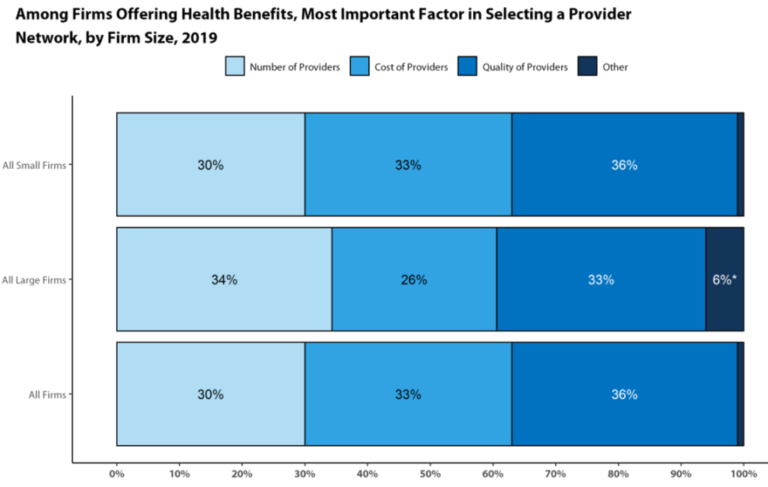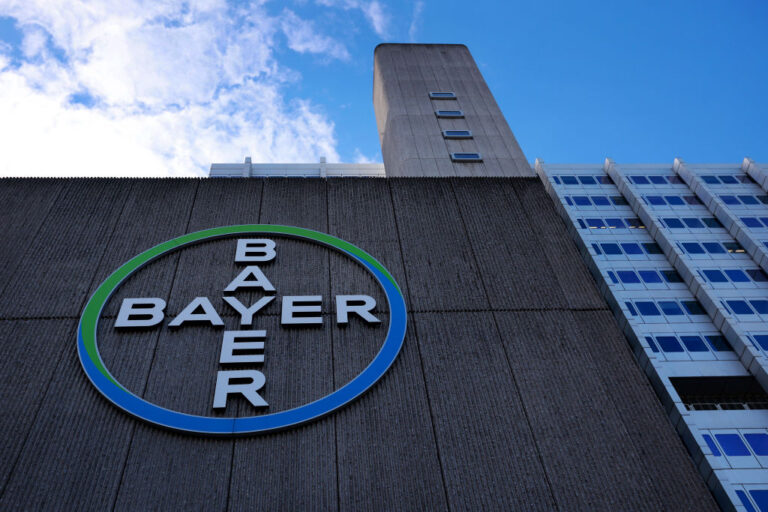
The term “innovation” means something different to every health system because each health system has different priorities and goals, according to Dan Shoenthal, chief innovation officer at University of Texas MD Anderson Cancer Center.
He pointed this out during a Tuesday interview at the Reuters Digital Health conference in San Diego.
At MD Anderson, the innovation team is focused on improving the daily experiences of both patients and clinicians as they receive and provide care, Shoenthal said. Sometimes this work involves adopting new technology, but there are also plenty of worthwhile innovation initiatives that don’t involve advanced technologies, he noted.
MD Anderson’s innovation team is always looking for simple changes they can make to ensure the hospital’s facilities and providers embody the human touch needed to care for someone going through a cancer diagnosis, Shoenthal explained.
For example, the team came up with the idea to train MD Anderson staff to be human navigators. This means that instead of sitting behind a desk and waiting for visitors to ask for help, staff members are trained to approach people and ask them if they need any help finding their way around the hospital campus.
“It’s about actually having a human interaction with the person to see what they might need. Their answer could be, ‘I don’t need anything — I know where I’m going and I’m perfectly fine.’ But for other patients, navigating a new building could be overwhelming, especially when you have cancer,” Shoenthal said.
Wayfinding apps can be great for some patients, but there will always be people who prefer help from a human navigator, he added. He also noted that this is especially true for a cancer hospital, in which many patients are older.
Over the past few years, Shoenthal and his team have also recognized how frustrating it can be for patients to wait to hear back from the hospital after their tests and appointments. To address this, they developed an app that helps patients quickly check their referral status and visualize how they are progressing on their care journey.
“If there are pizza companies that have trackers that show when the pizza is coming, why can’t we have a tool that tells patients something much more important?” Shoenthal asked.
Implementing the referral status tracker wasn’t a drastic change — but sometimes these simple additions can be quite impactful in terms of making patients feel like they’re taken care of, he explained.
“To do the really disruptive things, you need a foundation for it to sit on. Sometimes you have to do these basic things — like changing the way your staff engages with patients or create some basic apps that give basic notifications on where patients are in the journey. Once you have that foundation, you can do cooler things like respond to questions patients have on their journey,” Shoenthal declared.
Photo: phototechno, Getty Images





